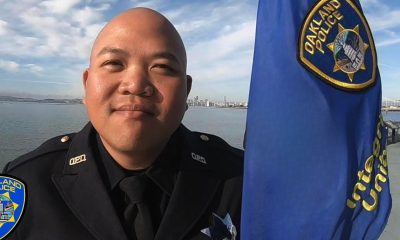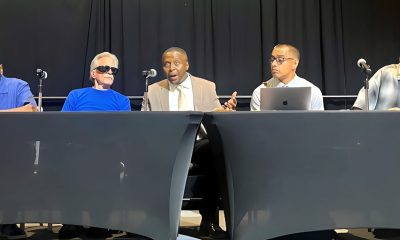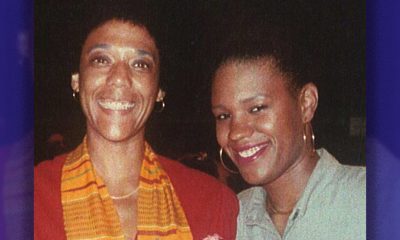Arts and Culture
New Book Explores the Rise of the Polarized Presidency
By Jonathan Morales, SFSU
Love him or hate him.
That is the dynamic that defines the modern American presidency, reflecting a polarization that began with Franklin D. Roosevelt and kicked into high gear with the election of Ronald Reagan in 1980.
The reason, according to a new book from San Francisco State University Professor of Political Science Robert C. Smith, is Roosevelt’s creation, and the Republican party’s eventual rejection, of the welfare state.
“Roosevelt established the idea that it was the government’s responsibility to provide retirement income, health care, housing and social security for the people,” Smith said. “He was bitterly opposed by those who, correctly, claimed that he was breaking the American tradition of limited government.”
Smith and his co-author, Richard A. Seltzer of Howard University, explore the role of presidents and presidential candidates in polarizing American politics in “Polarization and the Presidency: From FDR to Barack Obama,” published earlier this month. In the book, they define a polarizing president as one for whom the difference between Democrats’ and Republicans’ approval rating is greater than 40 percentage points.
“Presidents have the attention of the public and media in a way that Congress will never have,” Smith said. “When they pursue polarizing policies, and in addition are polarizing characters overall, they have a much larger effect on dividing the country than 535 members of Congress.”
Roosevelt became the first modern polarizing president when he enacted the New Deal. But while the reforms were initially controversial, they eventually became quite popular. As a result, subsequent Democratic presidents worked to expand the programs, and Republican presidents accepted them.
Everything changed, however, in 1964, when the GOP nominated Barry Goldwater for the presidency.
“It was the first time Republicans had nominated someone who opposed Roosevelt’s reforms,” Smith said. “The conservative faction of the Republican Party took control and nominated Ronald Reagan in 1980, who immediately began to try to undo the reforms.”
Actions by the Democratic Party — specifically Lyndon Johnson’s embrace of the civil rights movement and the 1972 nomination of the anti-war George McGovern — sent conservative Democrats into the arms of the GOP and, conversely, attracted liberal Republicans, creating the more ideologically homogeneous entities seen today.
“You now have this almost irreconcilable difference between the parties, where one wishes to raise taxes on the wealthy to expand the welfare state and the other wishes to do the opposite,” Smith said. Since 1980, George H. W. Bush has been the only non-polarizing president, as defined by Smith and Seltzer.
Reagan, Bill Clinton, George W. Bush and Barack Obama have all been divisive figures in American politics, but Smith said the research outlined in the book indicates their polarized presidencies are the result of policies, not personality.
“The polarization is about real issues in terms of the future of the country, it’s not a matter of personality or a matter of people not being able to get along,” he said. “The Democrats and Republicans have serious differences as to how the country can be governed.”
According to Smith, the fever is unlikely to be broken until one party clearly triumphs by winning the presidency and both houses of Congress and is able to enact its agenda unimpeded.
The Democrats are better positioned to do this in the long term, he said, because of their demographic advantages and the growing unpopularity of the GOP agenda.
But, he added, the nomination and possible election of the highly polarizing Hillary Clinton could ensure at least another four to eight years of gridlock.
“This polarization is not good,” Smith said. “The country is not being governed, you just have this oscillation back and forth. The country is not served well when the divisions are this deep.”
Arts and Culture
Kedrick Armstrong: New Music Director for the Oakland Symphony
The Oakland Symphony Announced Kedrick Armstrong as its Next Music Director. In addition to conducting the orchestra’s public concerts, Armstrong will also actively participate in the Oakland Symphony’s many education and community engagement programs, designed to inspire a love of music in people of all ages.
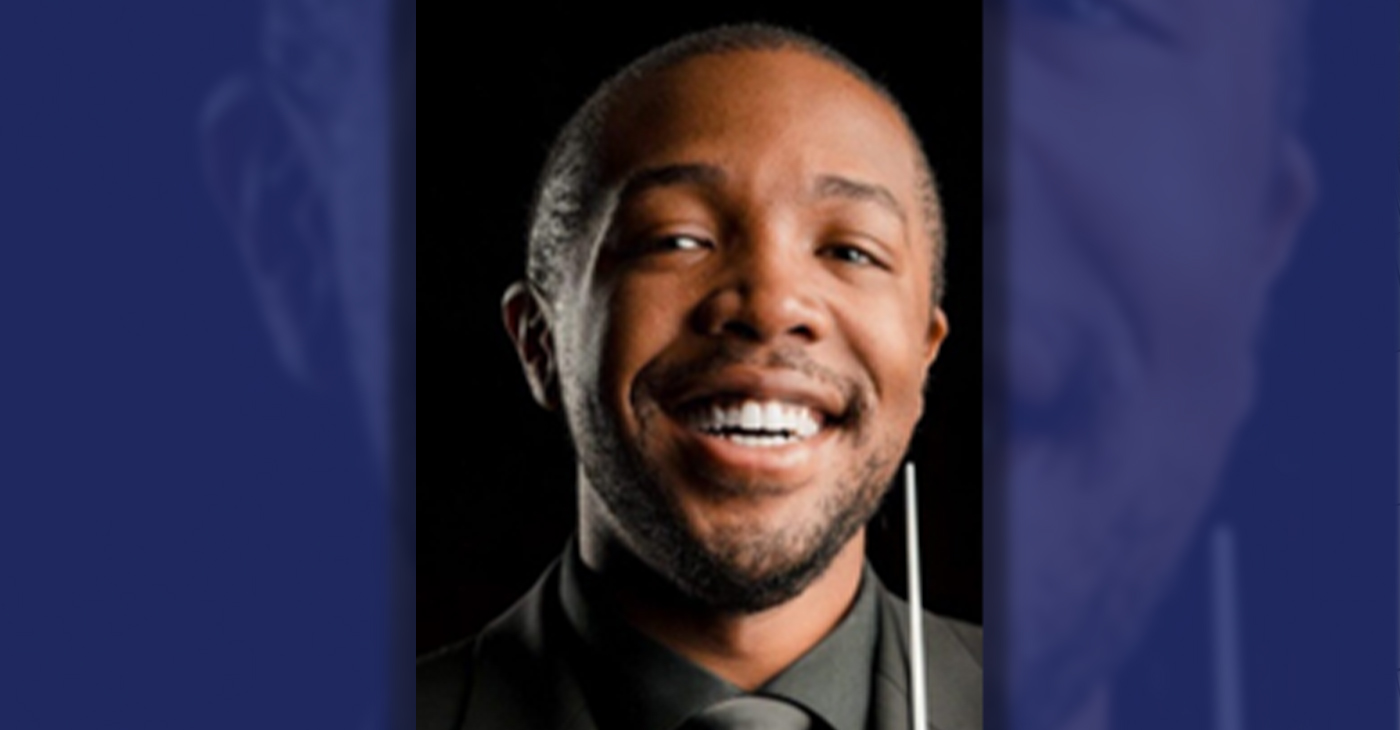
By Post Staff
The Oakland Symphony Announced Kedrick Armstrong as its Next Music Director.
In addition to conducting the orchestra’s public concerts, Armstrong will also actively participate in the Oakland Symphony’s many education and community engagement programs, designed to inspire a love of music in people of all ages.
Armstrong is the successor to previous music director and Conductor Michael Morgan, who passed away in 2021 after a 30-year tenure at the Symphony.
Armstrong will open the Oakland Symphony 2024-2025 season on October 18.
Armstrong, who is 29 and hails from Georgetown, South Carolina, is currently the creative partner and principal conductor of the Knox-Galesburg Symphony.
The Chicago Tribune has praised Armstrong for his ability to “simply let the score speak for itself.” He enjoys a wide range of repertoire, spanning early music to premiering new works, using his joy and curiosity for all music to cultivate understanding and collaboration within diverse communities.
“I am deeply honored and grateful for the opportunity to serve as the new music director of the Oakland Symphony,” Armstrong said. “As a Black conductor, I find it humbling to stand on the shoulders of both Michael Morgan and Calvin Simmons,” the most recent and the first African American music directors of the Symphony, respectively.
Armstrong led three programs at the Symphony between 2022 and early 2024, which showcased his broad knowledge of the classical repertoire and enthusiasm for spotlighting diverse voices.
On his Oakland Symphony subscription debut on Feb. 16, Armstrong led the world premiere of “Here I Stand: Paul Robeson,” an oratorio by Carlos Simon on a libretto by Dan Harder, commissioned by the Oakland Symphony.
Armstrong was selected unanimously by the Oakland Symphony’s board of directors and musicians after an extensive two-year search. “The search committee was overwhelmed by Kedrick’s scholarship and curiosity about all kinds of music, from classical and jazz to gospel and hip-hop,” said. Dr. Mieko Hatano, executive director of the Oakland Symphony. “We are thrilled to have him join us at the Oakland Symphony.”
Arts and Culture
Faces Around the Bay Dr. Carl Blake, Pianist
Born in Liberty, Missouri, Carl Blake, a virtuoso and respected pianist, made his most recent migration to the East Bay in 1999. One might have seen him performing recently at Noontime Concerts in San Francisco, or at the Piedmont Center for the Arts in Oakland. He is Director of Music at The Church for the Fellowship of All Peoples in San Francisco. He was also co-organizer and collaborative pianist at Herbst Theater for The Majesty of the Spirituals concert in 2022 and has held several church positions in the Bay Area.
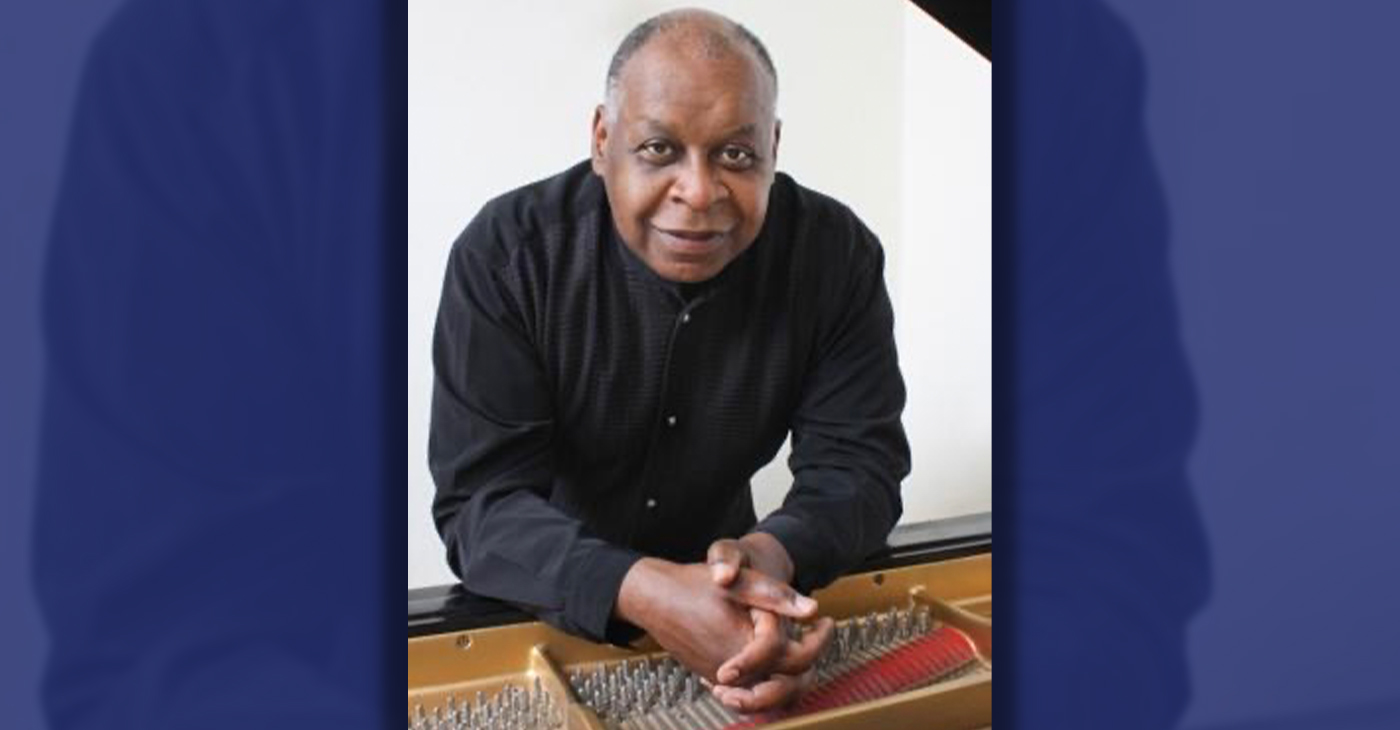
By Barbara Fluhrer
Born in Liberty, Missouri, Carl Blake, a virtuoso and respected pianist, made his most recent migration to the East Bay in 1999.
One might have seen him performing recently at Noontime Concerts in San Francisco, or at the Piedmont Center for the Arts in Oakland. He is Director of Music at The Church for the Fellowship of All Peoples in San Francisco. He was also co-organizer and collaborative pianist at Herbst Theater for The Majesty of the Spirituals concert in 2022 and has held several church positions in the Bay Area.
Blake obtained a Bachelor of Music from Boston University and continued post-baccalaureate studies in Jamaica before earning a Master of Arts in Music at San Jose State University. He was the recipient of two Fulbright residencies in Honduras and completed a third residency at the University of St. Petersburg in Russia. He has a Doctor of Musical Arts from Cornell University.
At age 19, Blake, then an undergraduate piano major at Boston University, was “discovered” by Impresario Dr. W. Hazaiah Williams, who is the Founder and Director of Today’s Artists/Four Seasons Arts.
Williams honored Blake by awarding him the first Marian Anderson Young Artist Award. Anderson personally presented the award at the Masonic Auditorium in S.F. Subsequently, Blake was presented by Dr. Williams in his San Francisco debut at The Herbst Theatre. Williams subsidized a year of study abroad for Blake at the Paris Conservatory of Music. Additionally, Williams sponsored Blake’s New York Weill Hall debut, where he has performed twice since. Blake performed several times at the Yachats Music Festival in Oregon.
Blake continues to perform nationally and abroad. His hobbies are reading, baking and travel. He says, “I’m still pumping ivories, as Belgian pianist Jeanne Stark described the disciplined practice of concert piano.”
Arts and Culture
Oakland Jazz Great Offers Master Class as City Declares “John Handy Day”
World-renowned jazz master saxophonist John Handy, a McClymond’s High School graduate, was presented with a Mayor of Oakland Proclamation declaring Feb. 12, as John Handy Day in the city. Handy is most notably known as the featured saxophonist for Charles Mingus on “Goodbye Pork Pie Hat” from the album “Mingus Ah Um” (1959) and on “Hard Work” from his own album “Hard Work” (1976).
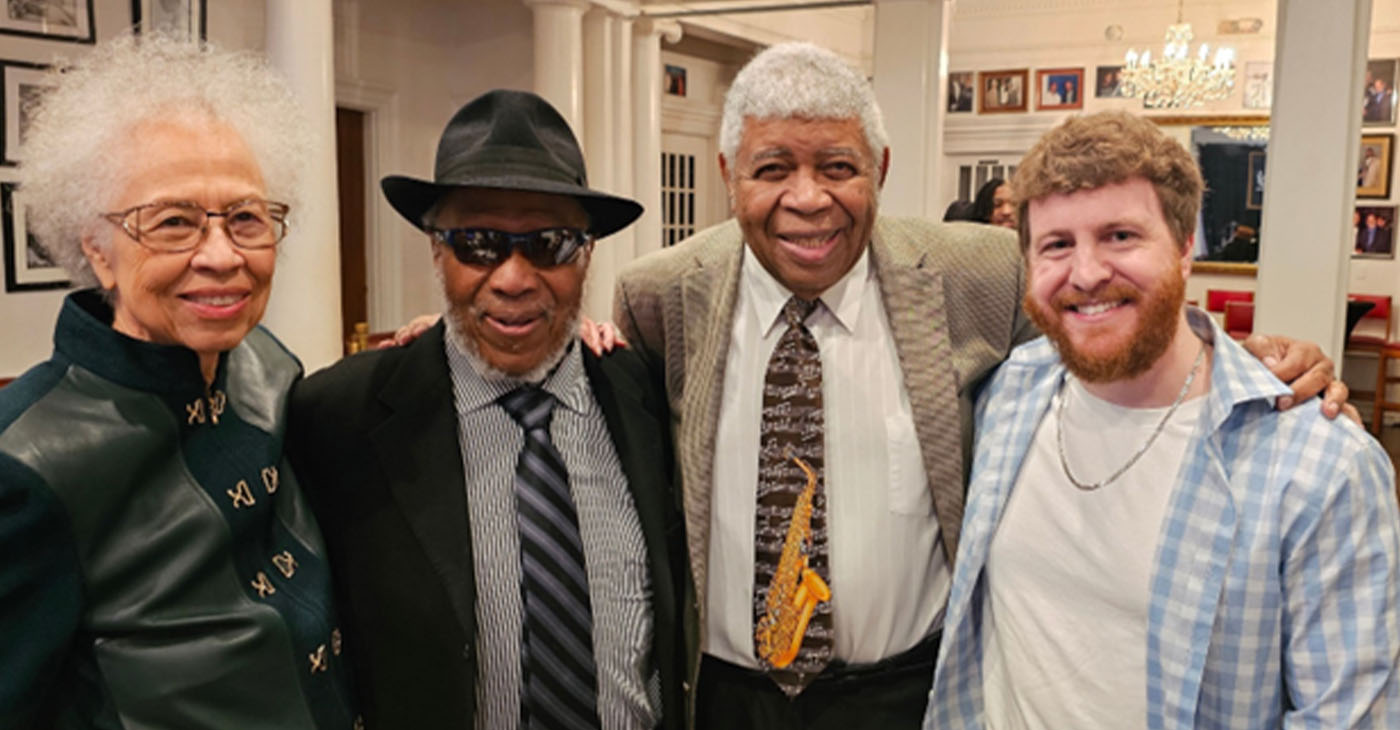
By Conway Jones
World-renowned jazz master saxophonist John Handy, a McClymond’s High School graduate, was presented with a Mayor of Oakland Proclamation declaring Feb. 12, as John Handy Day in the city.
Handy is most notably known as the featured saxophonist for Charles Mingus on “Goodbye Pork Pie Hat” from the album “Mingus Ah Um” (1959) and on “Hard Work” from his own album “Hard Work” (1976).
“John Handy is a jazz icon and an inspiration to musicians everywhere,” said Ayo Brame, a 16-year-old Oakland tenor saxophone player who is enrolled at the Oakland School for the Arts.
In celebration of this day, the reception in downtown Oakland at Geoffrey’s Inner Circle was a gathering of artists, young and old, coming together in his honor and celebrating his 91st birthday.
Handy presented a Saxophone Colossus free masterclass for musicians. This class afforded a rare opportunity to learn about the saxophone from an aficionado. The class was free and open to all – saxophonists, vocalists, aficionados, students, and casual listeners.
“As a longtime friend for over 60 years, and fellow musician who has had numerous opportunities to share the stage with John, it has always been a pleasure performing with him and hearing his creative interpretations of the music and his gift of ease inspiring the next generation of jazz musicians,” said Roger Glenn, a multi-instrumentalist.
-

 Activism4 weeks ago
Activism4 weeks agoOakland Post: Week of March 27 – April 2, 2024
-

 #NNPA BlackPress4 weeks ago
#NNPA BlackPress4 weeks agoBeloved Actor and Activist Louis Cameron Gossett Jr. Dies at 87
-

 Community1 week ago
Community1 week agoFinancial Assistance Bill for Descendants of Enslaved Persons to Help Them Purchase, Own, or Maintain a Home
-

 Activism3 weeks ago
Activism3 weeks agoOakland Post: Week of April 3 – 6, 2024
-

 Business2 weeks ago
Business2 weeks agoV.P. Kamala Harris: Americans With Criminal Records Will Soon Be Eligible for SBA Loans
-

 Activism2 weeks ago
Activism2 weeks agoOakland Post: Week of April 10 – 16, 2024
-

 Community2 weeks ago
Community2 weeks agoAG Bonta Says Oakland School Leaders Should Comply with State Laws to Avoid ‘Disparate Harm’ When Closing or Merging Schools
-

 Community7 days ago
Community7 days agoOakland WNBA Player to be Inducted Into Hall of Fame


